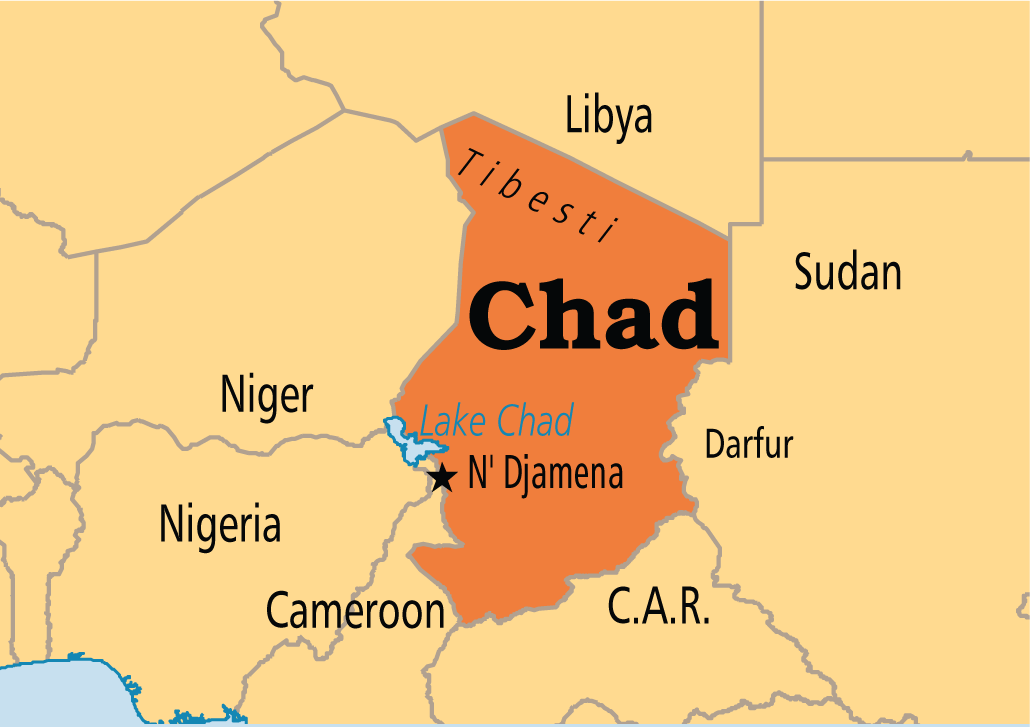CHAD
Our Strategy
We are committed to helping poor and vulnerable people with Education and Health programmes designed to tackle the problem of high maternal and child deaths in Chad.
We are committed to helping poor and vulnerable people with Education and Health programmes designed to tackle the problem of high maternal and child deaths in Chad.

According to the 2009 United Nations’ Human Development Index, Chad is the seventh poorest country in the world, with 80% of the population living below the poverty line. For much of the population, particularly women and children, health and social conditions are grossly inadequate and unevenly distributed. Chronic food shortages are widespread, and malnutrition levels among young children are high. About 40% of children up to six years suffer from chronic malnutrition, and 39% are undersize for their age. These statistics are slightly higher in rural as opposed to urban areas. Nearly 90% of Chadians are illiterate.
While severe drought and desertification continue to undercut socio-economic activities on the one hand, on the other hand, wide spread killer diseases pose serious threats to the health of poor and vulnerable populations particularly in the rural areas. These include but not limited to water-borne infections, HIV/AIDS and vector-borne disease (malaria) which results from mosquito bites and drinking of unhygienic water (mosquito infested). Chad has a very high record of infant mortality and maternal deaths and lack of access to healthcare and quality facilities contributes to this dilemma.


